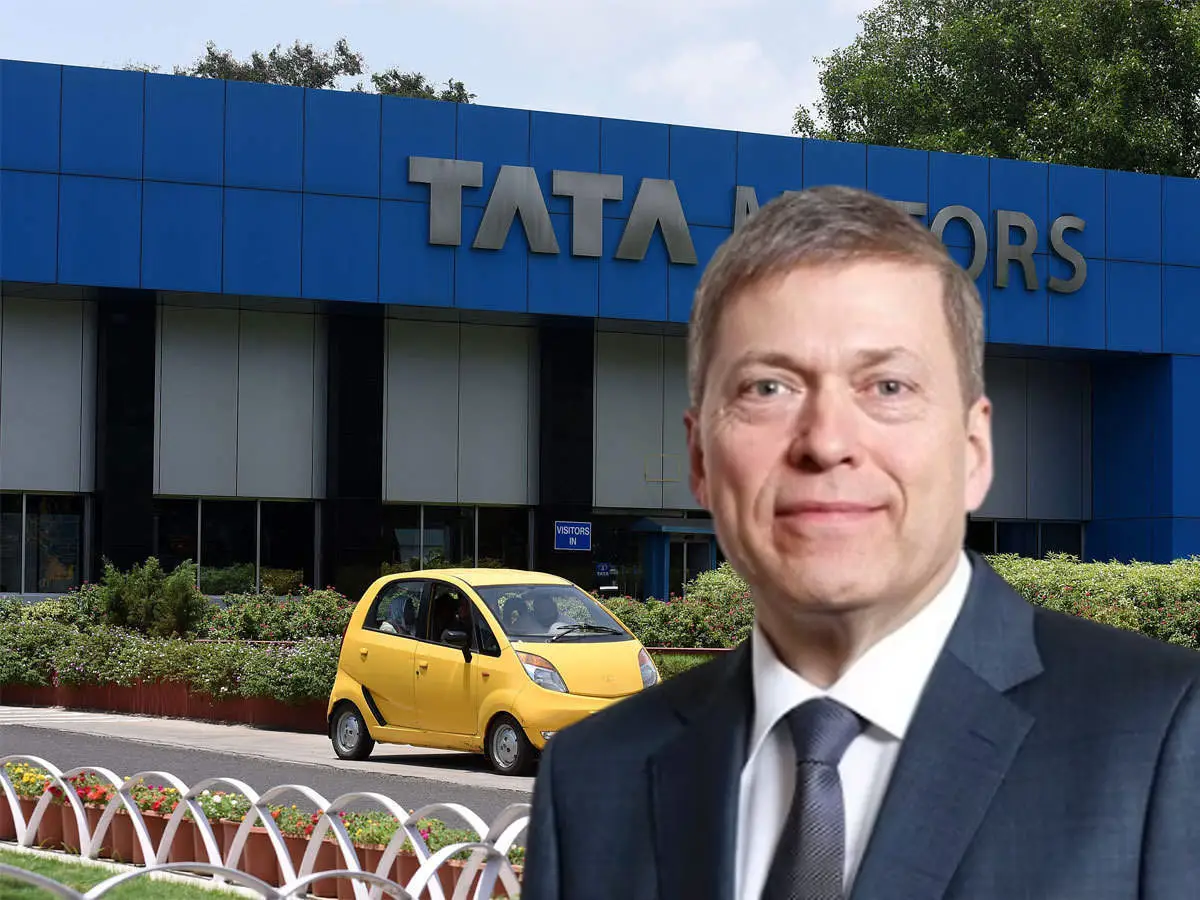Tata Motors’ Managing Director of Passenger Electric Mobility, Shailesh Chandra, has predicted a revolutionary change in the automotive market, with the expectation that the prices of electric vehicles (EVs) will reach parity with internal combustion engine (ICE) vehicles within the next 12-18 months. This transformation is primarily driven by a significant reduction in the cost of batteries, which has reached a crucial milestone of $100 per kilowatt-hour.
Chandra shared this optimistic viewpoint during his participation in the India EV Conclave organized by Autocar Professional, with the support of the Tamil Nadu government. According to him, the convergence of reducing battery costs and an estimated real-world range of 200-250 kilometers for mass-market EVs will soon align their prices with traditional ICE vehicles. He stated, “In less than a year and a half, we will start to see cars with 200-250 kilometers of real range in the market, which will reach that level.”
While early adopters of EVs have shown a willingness to pay a 20-30% premium over traditional ICE vehicles, Chandra emphasized that mainstream buyers are demanding EVs at comparable prices. He shed light on inevitable cost trends, suggesting that ICE vehicle costs will be impacted by currency depreciation to meet future emission compliance, while EVs will experience a trend of currency appreciation with the decreasing cost of batteries.
Addressing the increasing cost dynamics, Chandra acknowledged that EVs currently carry a premium of 25-35% due to sufficient imported content and high battery costs. However, he expressed confidence that a 5% reduction in Goods and Services Tax (GST) rates, along with declining battery costs and government incentives, will enable Tata Motors to set competitive prices for its EVs and enhance profitability.
As a leading player in the Indian electric vehicle market, Tata Motors holds over 85% market share in this emerging sector. With a commitment of $2 billion investment in EV business, Tata Motors aims to present a portfolio of 10 electric vehicles by 2025. The company anticipates that EVs will contribute 30% to its total sales by 2026-2027, as India’s electric car market is on track to surpass the 1 million mark in this fiscal year.
In the near future, Tata Motors is set to launch its next major electric car, the Punch EV. Expected to launch in 2024, the Tata Punch EV is anticipated to offer a range similar to the Nexon EV. Positioned between the Tiago and Nexon EV in terms of pricing, the Punch EV is poised to become an attractive option for those seeking a robust EV with good range.
Lastly, Tata Motors is well-prepared for substantial growth, with sufficient annual EV sales to meet the increasing demand for electric vehicles in India’s burgeoning market.

Summery:
– Shailendra Chandra, Managing Director of Tata Passenger Electric Mobility, predicts a revolutionary change in the automotive market with the expectation of electric vehicles (EVs) reaching prices comparable to internal combustion engine (ICE) vehicles within the next 12-18 months.
– The significant reduction in the cost of batteries, reaching $100 per kilowatt-hour, is the primary reason for this change.
– Chandra highlighted the increasing demand for EVs among mainstream buyers, driven by competitive pricing and increasing real-world range.
– He also emphasized the impact of factors such as GST rates, decreasing battery costs, and government incentives in enabling Tata Motors to set competitive prices for their EV portfolio.
– With a commitment to invest $2 billion in EV business, Tata Motors aims to present a portfolio of 10 electric vehicles by 2025 and anticipates EVs contributing to 30% of total sales by 2026-2027.
– The upcoming Tata Punch EV is expected to offer a similar range to the Nexon EV, positioned between the Tiago and Nexon EV in terms of pricing, making it an attractive option for those seeking a strong EV with good range.
